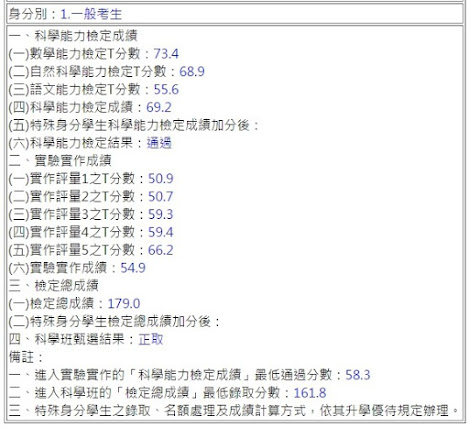CSES 1160:Planets Queries II
CSES 1160:Planets Queries II
題目大意:有 $n$ 個星球,每個星球可以傳送到編號為 $t_i$ 的星球,給你星球編號 $a$ 和 $b$,請你回答 $a$ 星球能不能到達 $b$ 星球,如果可以,輸出最少的傳送距離。
解法:先看是在環裡或是在邊上,可以記錄最後會通到的環編號,還有邊上的高度,最後再用倍增法。
$\text{Code:}$
#pragma GCC optimize("O3")
#include <bits/stdc++.h>
using namespace std;
const int SIZE = 200005;
const int H = __lg (SIZE) + 1;
int to[H + 1][SIZE], cg[SIZE], csiz[SIZE], h[SIZE], pos[SIZE];
bool vs[SIZE], cs[SIZE];
int fd (int pos, int k) {
if (k == 0)
return pos;
return fd (to[__lg (k & -k)][pos], k - (k & -k));
}
void solve() {
int n, q;
cin >> n >> q;
for (int i = 1; i <= n; i++)
cin >> to[0][i];
int cl = 0, cz;
for (int i = 1; i <= n; i++) {
if (vs[i])
continue;
stack<int> st;
int now = i;
while (1) {
vs[now] = 1;
st.push (now);
now = to[0][now];
if (cs[now]) {
int l = 0;
while (st.size()) {
h[st.top()] = ++l;
cg[st.top()] = cg[now];
st.pop();
}
break;
}
if (h[now]) {
int l = h[now];
while (st.size()) {
h[st.top()] = ++l;
cg[st.top()] = cg[now];
st.pop();
}
break;
}
if (vs[now] && h[now] == 0) {
stack<int> cyc;
while (1) {
cyc.push (st.top());
st.pop();
if (cyc.top() == now)
break;
}
++cl, cz = cyc.size();
int p = 0;
while (cyc.size()) {
cg[cyc.top()] = cl;
csiz[cyc.top()] = cz;
cs[cyc.top()] = 1;
pos[cyc.top()] = p++;
cyc.pop();
}
int l = 0;
while (st.size()) {
h[st.top()] = ++l;
cg[st.top()] = cg[now];
st.pop();
}
break;
}
}
}
for (int i = 1; i <= H; i++)
for (int j = 1; j <= n; j++)
to[i][j] = to[i - 1][to[i - 1][j]];
while (q--) {
int a, b;
cin >> a >> b;
if (h[a] < h[b]) {
cout << "-1\n";
continue;
}
if (cg[a] != cg[b]) {
cout << "-1\n";
continue;
}
int ans = h[a] - h[b];
a = fd (a, h[a] - h[b]);
if (h[b]) {
if (a != b)
cout << "-1\n";
else
cout << ans << '\n';
continue;
}
cout << ans + (pos[b] + csiz[b] - pos[a]) % csiz[b] << '\n';
}
}
int main() {
ios::sync_with_stdio (false), cin.tie (0);
solve();
}我的分享就到這裡結束了,如果喜歡我的 $\text{Blog}$,歡迎追蹤!

Caidorz
回覆刪除